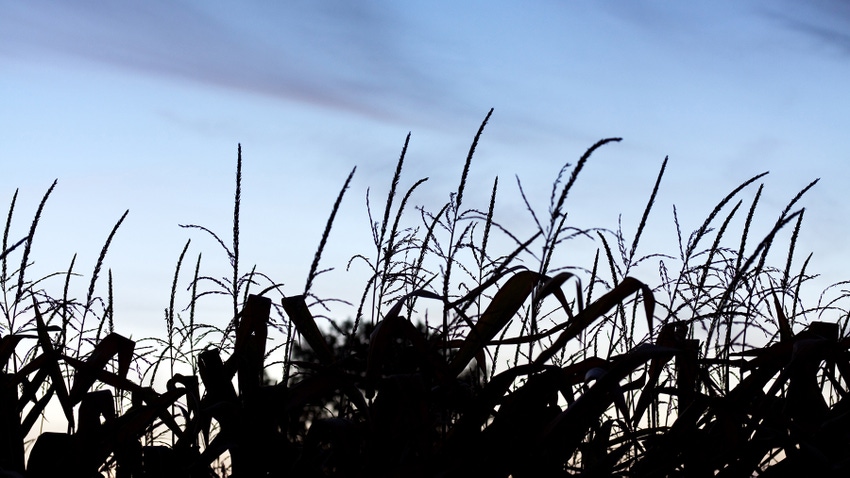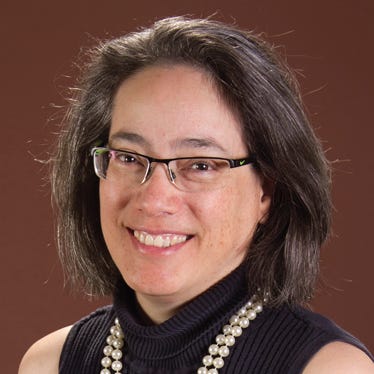July 11, 2023

At a Glance
- PARP offers additional help to farms that suffered pandemic losses
- Deadline to apply is July 14
- Local Farm Service Agency office can help with application
Underserved farmers who suffered pandemic-related losses have until July 14 to apply for funds from the Pandemic Assistance Relief Program, or PARP.
PARP was created to expand the existing pandemic relief programs and to target overall revenue loss rather than just price losses, said Ryan Loy, extension economist with the University of Arkansas System Division of Agriculture.
PARP is a lesser-known program that follows on the heels of other pandemic-relief programs including the Coronavirus Food Assistance Programs, known as CFAP 1 and 2, the Pandemic Livestock Indemnity Program Spot Market Hog Pandemic, and the 2020 Emergency Relief Program. The program is part of the Consolidated Appropriation Act of 2021.
“It’s mainly the fact that the federal government had leftover funds,” Loy said. The U.S. Department of Agriculture “said ‘Let’s try to reach producers that we weren’t able to reach before with CFAP and ERP and programs along those lines’.
“The goal with PARP is to actually focus on underserved producers,” he said. “There’s kind of a laundry list of eligibility. I would suggest to any producer who is interested, to either go to farmers.gov — it’s right there on the front page — or call your local Farm Service Agency office. If you come to the FSA office with your 2016-2020 tax returns, they’ll basically do it all for you.”
Who’s eligible?
Loy said eligibility extends to any producer or entity that participated in agricultural production during the 2020 calendar year.
“PARP is also written to include cattle feeder operations that were previously denied assistance under CFAP 1 and 2,” Loy said. “The producer must have suffered at least a 15 percent decrease in allowable gross revenue for 2020 as compared to either 2018 or 2019 calendar year.
Deadline approaching
The clock is ticking both on the time and funding available, Loy said.
“There are two weeks left, however, it’s first-come, first-served,” he said. “A producer is eligible for up to $125,000. That’s the most they’ll pay, but it is subject to available funds. So, let’s say you put in your application in January, there is a pretty good likelihood that you’ll get paid relatively sooner than someone who applies a little later.”
Taxable payment
“This is a direct payment. It’s not a loan, you don’t have to pay it back,” Loy said. “Something that is important to know is that this is taxable income because it is a direct payment to you.”
PARP targets whole-farm allowable gross revenue losses in 2020 compared to the producer’s allowable gross revenue in 2018 or 2019. A producer can choose to elect losses on either year as their benchmark or based on their expected gross revenue in 2020 if they did not farm in either 2018 or 2019.
Gross revenue is the aggregation of the value of a producer’s crops. The allowable gross revenue is based on the net farming loss or profit from Schedule F, minus any pandemic-related aid already received by the producer.
For more information, please visit farmers.gov or contact your local FSA office.
Source: University of Arkansas System Division of Agriculture
Read more about:
FSAAbout the Author(s)
You May Also Like






